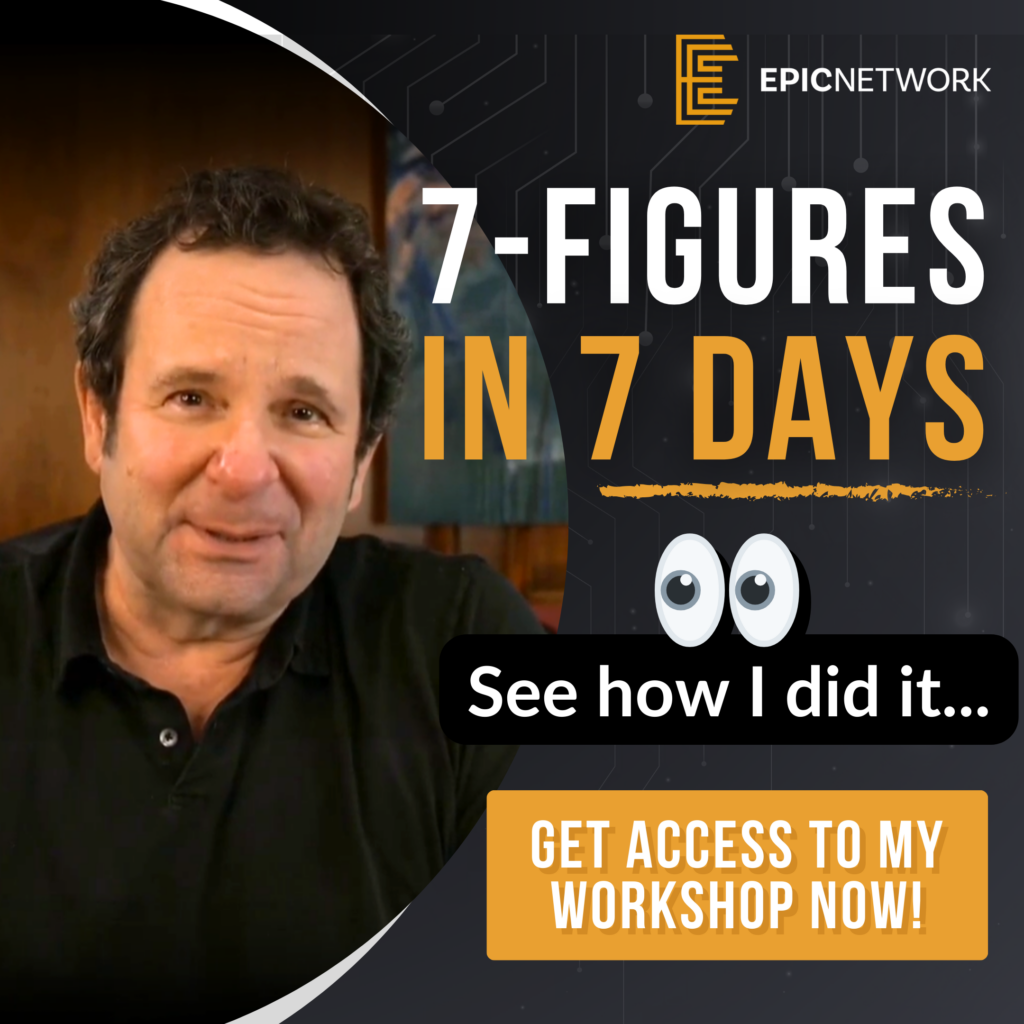
Acquiring a business is one of the fastest ways to build wealth, but did you know you can maximize cash flow acquisitions to make the process even more profitable? By structuring deals wisely, leveraging the business’s own cash flow, and negotiating creative financing terms, you can turn acquisitions into cash-generating engines. Let’s dive into the strategies for maximizing cash flow during and after the acquisition process.
What Are Cash Flow Acquisitions?
Cash flow acquisitions are deals structured so the acquired business generates enough profit to cover the cost of financing. This approach allows you to minimize or even eliminate out-of-pocket expenses while still profiting during the loan repayment period. It’s a method that makes acquisitions accessible and scalable for entrepreneurs and investors alike.
Making Money on the Buy
The first step to maximize cash flow acquisitions is making money on the buy. This means acquiring a business below its fair market value, often from motivated sellers. By doing so, you create immediate equity while also setting the stage for strong cash flow during ownership.
Example: The Good Scenario
- Purchase Price: $1,000,000
- Profit (EBITDA): $360,000/year
- Financing Terms: 10% interest
In this scenario, the interest payment is $100,000 annually, leaving $260,000 in cash flow after financing costs. Over five years, this cash flow can also pay off the principal, leaving you with a profitable, debt-free business.
How to Maximize Operating Cash Flow
Once you’ve secured the business, focus on increasing its operating cash flow. This involves using the business’s profits to cover acquisition costs while still generating a surplus.
The Better Scenario
- Purchase Price: $540,000
- Profit (EBITDA): $360,000/year
- Financing Terms: 10% interest
In this example, the annual interest is $54,000, leaving $306,000 in cash flow. If the purchase price is spread over five years ($108,000/year), the business still nets $198,000 annually, even while repaying the loan.
The Great Deal: A Wealth-Building Opportunity
Exceptional deals, where you pay just 1x the annual profit, are the gold standard for cash flow acquisitions. These opportunities allow for rapid wealth building and high returns on investment.
Example: The Great Scenario
- Purchase Price: $360,000
- Profit (EBITDA): $360,000/year
- Financing Terms: 10% interest
With only $36,000 in annual interest, the business generates $324,000 in cash flow, equating to a 900% cash-on-cash return. Even after repaying the purchase price over five years, you still net $252,000 annually. Once the loan is paid, all $360,000 becomes pure profit.
Strategies to Maximize Cash Flow in Acquisitions
1. Negotiate Seller Financing
Seller financing reduces upfront costs and allows you to structure payments based on the business’s cash flow. Aim for low-interest rates and extended repayment periods.
2. Leverage EBITDA and SDE Metrics
Use profit metrics like EBITDA and SDE to evaluate a business’s earning potential and ensure it can cover financing costs.
3. Target Motivated Sellers
Look for owners eager to sell quickly, as they’re more likely to accept favorable terms that enhance cash flow opportunities.
4. Plan for Growth
Acquire businesses with strong growth potential, ensuring that cash flow increases over time and compounds your returns.
Key Benefits of Maximizing Cash Flow Acquisitions
- Low Risk: By using the business’s own cash flow, you reduce personal financial exposure.
- Immediate Returns: Generate profits during the repayment period instead of waiting until the loan is fully paid.
- Scalable Wealth: The surplus cash flow can fund additional acquisitions, creating a compounding effect on wealth.
- Long-Term Profitability: Once loans are repaid, businesses become significant cash cows.
Key Takeaways
- Cash Flow is King: Acquisitions with strong cash flow provide immediate profitability and long-term wealth.
- Smart Structuring Wins: Use seller financing, creative terms, and growth metrics to maximize returns.
- Find the Right Deals: Motivated sellers and undervalued businesses are the key to successful cash flow acquisitions.
- Plan for the Future: Focus on businesses with growth potential to amplify profits over time.
Final Thoughts
Learning how to maximize cash flow acquisitions is a game-changing strategy for entrepreneurs and investors. By structuring deals intelligently, leveraging the acquired business’s profits, and targeting undervalued opportunities, you can build a portfolio of highly profitable businesses with minimal upfront costs. Start implementing these strategies today and take your acquisition game to the next level.
Additional Resources:
- Learn More About the Basics of Cash Flow in Acquisitions
- Explore Financing Tips to Boost Cash Flow
- How to Maximize Value in a Strategic Acquisition
Ready to explore acquisition strategies that fit your needs?
Book a Free Strategy Session with the EPIC Network to discover customized solutions to support your success.










